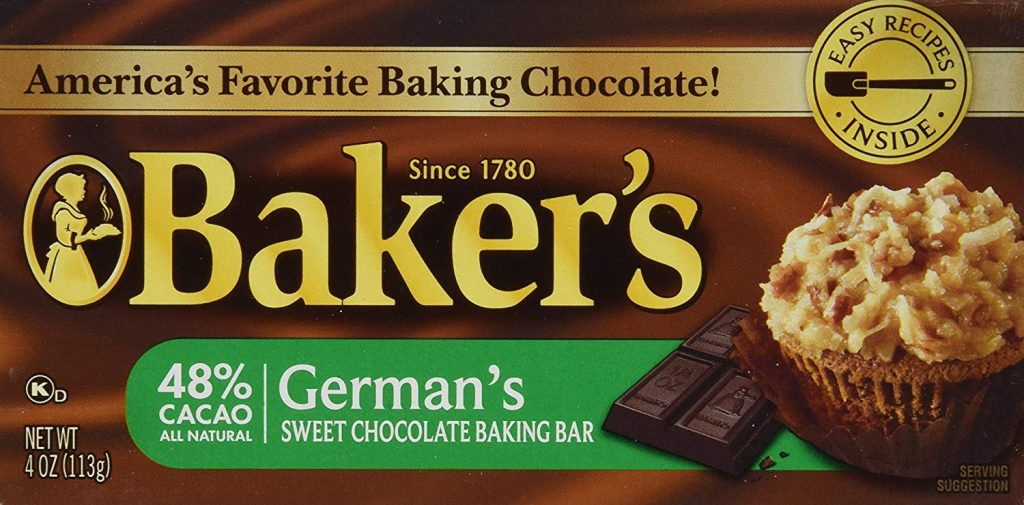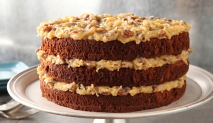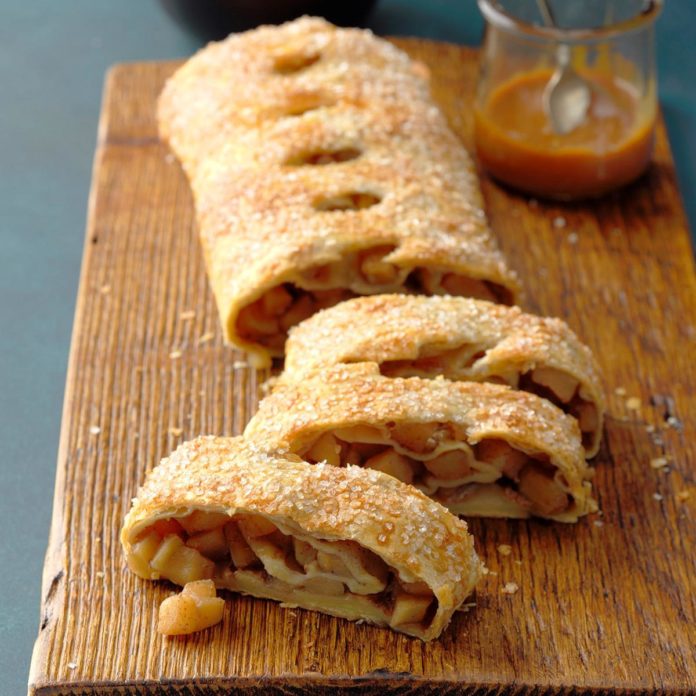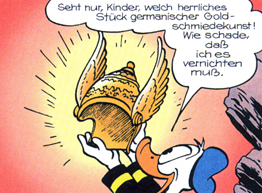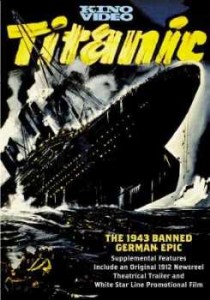German’s chocolate was not invented in Germany or by Germans. In 1852, a man named Samuel German invented the first practical sweetened chocolate bar. Samuel German was employed by Baker’s Chocolate Company, America’s oldest chocolate company. Very little else is known about Samuel German. According to some accounts, he was an American baker, and according to other accounts, he was an Englishman who emigrated to the U.S. If you look at the package carefully (pictured below), you will see that the label doesn’t say ‘German Chocolate.’ It says ‘German’s Chocolate.’ Note the apostrophe and ‘s’ after the word ‘German.’ Before Samuel German’s invention, chocolate bars were unsweetened. Unsweetened chocolate bars are made for baking and beverages, not for eating.
GERMAN CHOCOLATE CAKE ISN’T GERMAN EITHER.
The recipe for this popular cake was invented by a woman in Texas named Mrs. George Clay. She worked for the Baker Chocolate Company, which makes German’s chocolate. Her recipe first appeared in print in a Dallas newspaper in 1957. She called her dessert ‘German’s chocolate cake’ because German’s chocolate is the principle ingredient. The cake was an immediate hit. The recipe was reprinted in newspapers all over the United States. Within 1 year, sales of German’s chocolate shot up by over 70%. Over time, most magazines and cookbooks dropped the apostrophe and ‘s’ after ‘German’ when reprinting the recipe. Today, most cookbooks and bakeries just call it German chocolate cake. It is now widely believed all over the world that German chocolate cake is a traditional German dessert, which it is not. Ironically, many restaurants in Germany now sell German chocolate cake because American tourists expect and demand it. Many German restaurants in the U.S. also serve German chocolate cake for the same reason. Several U.S. presidents have served German chocolate cake at state dinners for German politicians in the mistaken belief that German chocolate cake is a German dessert. The first U.S. president to do this was Lyndon Johnson, who served German chocolate cake at a state dinner to honor German chancellor Ludwig Erhard in 1963. Erhard had never seen German chocolate cake before and asked what it was. The most recent U.S. president to serve German chocolate cake to honor a German statesman was Barrack Obama. I don’t know if Donald Trump has ever served German chocolate cake at the White House. It is widely known that he has a sweet tooth. Trump’s favorite candies are Starburst and See’s chocolates. Incidentally, See’s gets their chocolate from the same place I do – the Guittard Chocolate Company. And remember, ‘National German Chocolate Cake Day’ is June 11.
